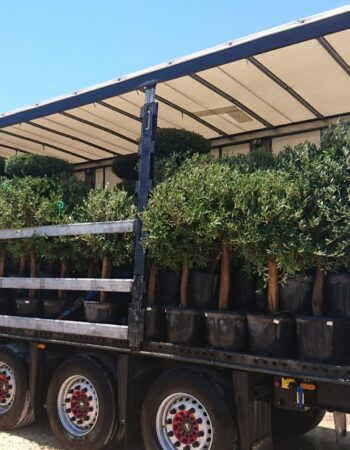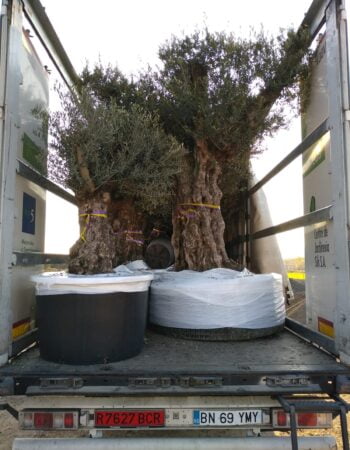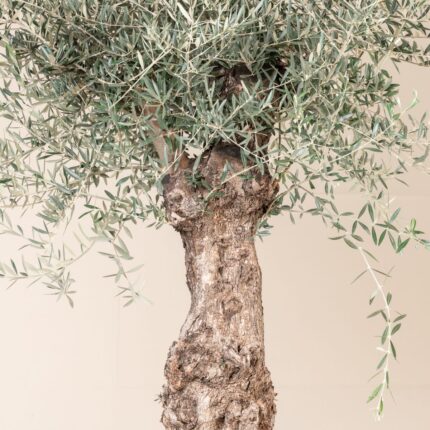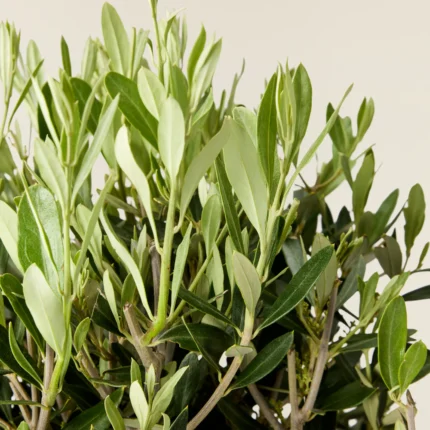MELIA AZEDARACH
Melia azedarach, also known as Chinaberry or Persian Lilac, is a fast-growing ornamental tree with fragrant lilac-colored flowers and lush foliage that provides excellent shade. Ideal for large gardens and urban landscapes, it is drought-tolerant and low maintenance.
Botanical Name: Melia azedarach
Common Names: Chinaberry, Persian Lilac, Indian Lilac, Árbol del Paraíso
Mature Size: 25–50 feet (7–15 meters) in height, 20–30 feet (6–9 meters) in spread
Light Requirements: Full sun
Soil Requirements: Adaptable to various soil types; prefers well-drained soils
Water Needs: Low to moderate; drought-tolerant once established
Foliage: Deciduous, with large, bipinnate leaves that are aromatic when crushed
Flowers: Clusters of fragrant, star-shaped lilac to pale purple flowers in spring
Growth Rate: Fast
Uses:
Ornamental Tree: Melia azedarach is valued for its rapid growth, lush canopy, and attractive floral display, making it an excellent choice for avenues, parks, and large gardens.
Shade Tree: With its wide, spreading crown, it provides ample shade in hot climates, contributing to thermal comfort in urban and residential landscapes.
Urban Planting: Tolerant of poor soils and urban pollution, it is commonly used in cities for its robustness and ease of cultivation.
Benefits:
Drought Resistance: Once established, this tree thrives in dry and warm environments with minimal irrigation.
Fast Establishment: Its quick growth makes it ideal for new landscapes or reforestation projects needing immediate impact.
Floral and Visual Appeal: Offers seasonal interest with showy, fragrant blooms and decorative yellow berries that persist into winter.
Wildlife Value: Flowers attract pollinators such as bees and butterflies, while fruits provide food for birds.
Melia azedarach is a fast-growing, resilient, and visually striking tree that combines ornamental beauty with practical function. Perfect for Mediterranean and temperate landscapes, it delivers quick shade, seasonal color, and ecological value with little maintenanc.
Debes acceder para publicar una valoración.


CAREFUL TREE TRANSPORTATION
At Treezom, we take great care in transporting your trees to ensure they arrive in perfect condition. Our expert team uses various methods, depending on the size and volume of the order, to provide safe and efficient delivery. Whether you're ordering a single tree or a bulk order, we guarantee high standards of handling and care throughout the process.
MULTIPLE SHIPPING METHODS
- Truck Delivery: Ideal for local or regional deliveries, ensuring a smooth and timely shipment of your trees directly to your location.
- Sea Containers (20’ or 40’): Perfect for larger orders or international shipping. Our sea containers are equipped to handle bulk shipments with optimal protection.
- Other Customized Solutions: Depending on the size and nature of your order, we can offer tailored shipping methods to meet your specific needs.
No matter the shipping method, we use specialized packaging and handling procedures to protect the trees during transit, ensuring they arrive healthy and ready for planting.

















 Single Tree
Single Tree
Valoraciones
No hay valoraciones aún.